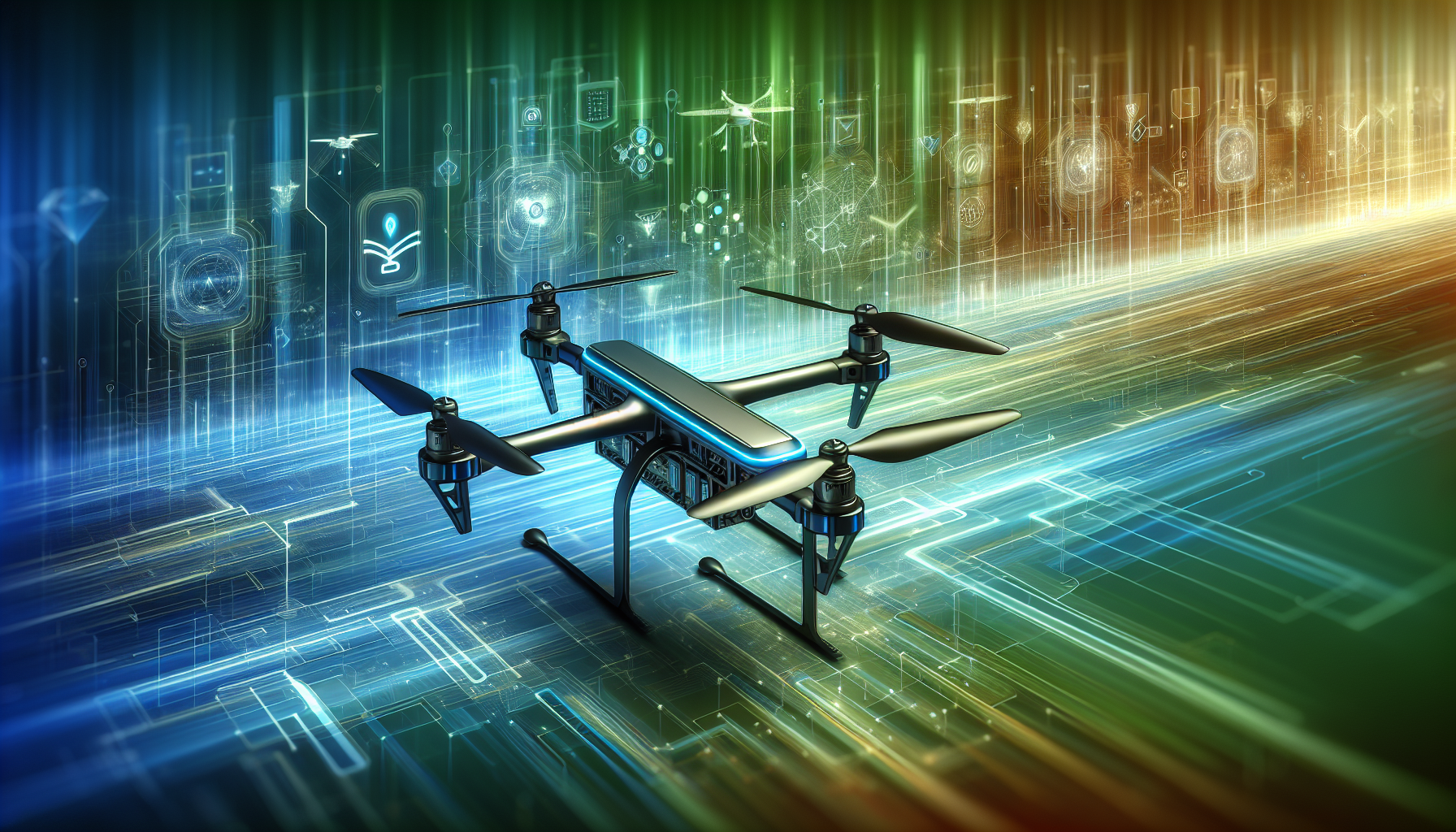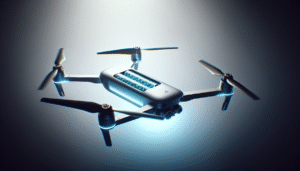How commercial drone operators keep drones flying longer without a single hiccup? It’s all about scaling battery management systems. As someone who’s always been fascinated by the intricate dance between technology and nature, I can tell you that drones are an exemplary piece of this ballet. They zoom across the sky with such precision and grace, and it’s all made possible by highly efficient battery systems.
Managing these systems efficiently can make or break a commercial drone operation. With these flying machines becoming indispensable in various fields like agriculture, real estate, and delivery, there’s a growing focus on enhancing their battery management to boost productivity and minimize downtime. Let’s unravel this mystery together to see how commercial drone operators scale these battery management systems effectively, without missing a beat.

Understanding Battery Management Systems
Ah, the Battery Management System (BMS)—the unsung hero behind a well-functioning drone fleet. At its core, the BMS is designed to protect and enhance the performance of the drone’s battery. It’s like having a vigilant guardian that constantly monitors the health of each cell in the battery pack, optimizing their use to prevent damage and ensure longevity.
What Does a BMS Do?
In simple words, a BMS oversees the charge and discharge of a battery. It ensures that the battery operates within safe limits, thus extending its life and improving safety. By monitoring critical parameters—such as voltage levels, current flow, temperature, and state of charge—it acts as a mini command center. If anything abnormal is detected, like the battery overheating or discharging too quickly, the BMS springs into action to address these issues.
Why Is It So Important?
Imagine you’re hosting a dinner party. The BMS is like the best event organizer you could hire. It makes sure everything proceeds smoothly—keeping guests entertained, ensuring no one overeats or drinks too much, and dealing with any issues that arise without you having to lift a finger.
Similarly, in commercial drone operations, the BMS maintains efficient energy use, ensuring the drone’s performance is at its peak. It minimizes the risk of unexpected failures, which can be costly in terms of both time and money.
Challenges in Battery Management Scaling
Scaling up a BMS is a little like adding more tables to your dinner party without compromising on hospitality. It sounds simple but can become tricky.
The Complexity of Larger Fleets
As drone fleets expand, managing battery systems becomes increasingly complex. Each unit within the fleet requires individual attention to prevent communication bottlenecks and ensure optimal performance. With larger fleets, predicting and preventing issues can become challenging.
Balancing Performance and Safety
Achieving the perfect balance between peak performance and safety is like walking a tightrope. Operators must optimize battery output without pushing it to the point where it risks integrity or functionality.
Ensuring Consistency Across the Board
Consistency is key. It’s essential for all drones in the fleet to be equipped with BMS technology that offers uniform standards. This ensures reliability and enhances productivity—which might mean standardizing practices and technologies across the fleet.

Strategies for Effective Battery Management
Developing a robust BMS strategy is like setting up an efficient buffet at your dinner party. It requires meticulous planning, resource allocation, and precise execution to cater to all guests efficiently.
Leveraging Advanced Technologies
Today, technology advances at a bewildering speed. Drone operators are tapping into AI and IoT innovations to enhance their BMS. Implementing AI-driven analytics, for example, can predict battery wear and tear, optimize charging cycles, and reduce the chances of unexpected failures. Meanwhile, IoT connectivity allows for real-time monitoring and adjustments.
Customizing BMS Solutions
No two dinners are the same, right? Similarly, no two drone fleets are identical. Customized BMS solutions, tailored to the specific demands of each operation, can significantly enhance performance. This might involve developing proprietary software or modifying existing systems to meet unique requirements.
Regular Monitoring and Maintenance
Remember how checking on your guests can prevent a party from going awry? Regular monitoring and maintenance of BMS can prevent more significant issues down the line. Scheduling regular check-ins ensures all systems remain in top form and can adapt to changes.
The Role of Data Analysis
We’ve all seen how adept chefs use the best ingredients to create culinary masterpieces. Likewise, commercial drone operators can harness data to optimize their battery systems.
Collecting the Right Data
The BMS collects a variety of data points, including charge/discharge rates, temperature changes, and cycle counts. This data helps operators understand the performance and potential of each battery.
Analyzing Patterns and Trends
By evaluating this data, operators can identify patterns and trends. For instance, they might discover that certain batteries consistently degrade faster than others, prompting further investigation into their usage or charging habits.
Data-Driven Decision Making
Basing decisions on solid data can push operators toward the most efficient and effective BMS practices. It’s like discovering that your guests prefer pizza over caviar, so you adjust your menu accordingly to ensure satisfaction.
The Future of Battery Management in Drones
Thinking about the future, like forecasting what will be fashionable or delicious next year, always requires a bit of educated guesswork. Yet, when it comes to drone battery management, the trends are already taking shape.
Exploring New Battery Technologies
With innovations like solid-state and graphene batteries on the horizon, operators eagerly anticipate their integration. These technologies promise longer life spans, faster charging times, and enhanced safety—turning them into game-changers for the industry.
Developing More Intelligent Systems
Smart BMS that can learn and adapt over time are evolving. Think of them as highly intuitive assistants who recognize your preferences and anticipate needs, making adjustments to maximize efficiency and safety as fleet demands grow.
Embracing Sustainability
More than ever, operators are looking at sustainability—not just for environmental preservation but as a cost-saving strategy. Using renewable energy sources for charging and recycling old batteries helps leave a smaller carbon footprint while also being economically prudent.
Conclusion
Managing and scaling battery systems for commercial drones requires a blend of technology, strategy, and smart resource management. It’s like hosting the perfect dinner party for a growing circle: challenging but rewarding when executed correctly.
As technology evolves, so too will the methods for refining these systems, ensuring that drones continue to zip across our skies with the grace of prima ballerinas. By keeping a keen eye on trends and leveraging data, commercial drone operators can effectively tackle battery management challenges. Whether it’s through embracing new tech or tapping into smarter data analysis techniques, these savvy operators ensure their aspects of the industry rise to new heights.
When done right, it’s a beautiful balance of orchestrated technology and efficient strategy, much like symphonic harmony playing out in the skies above.


